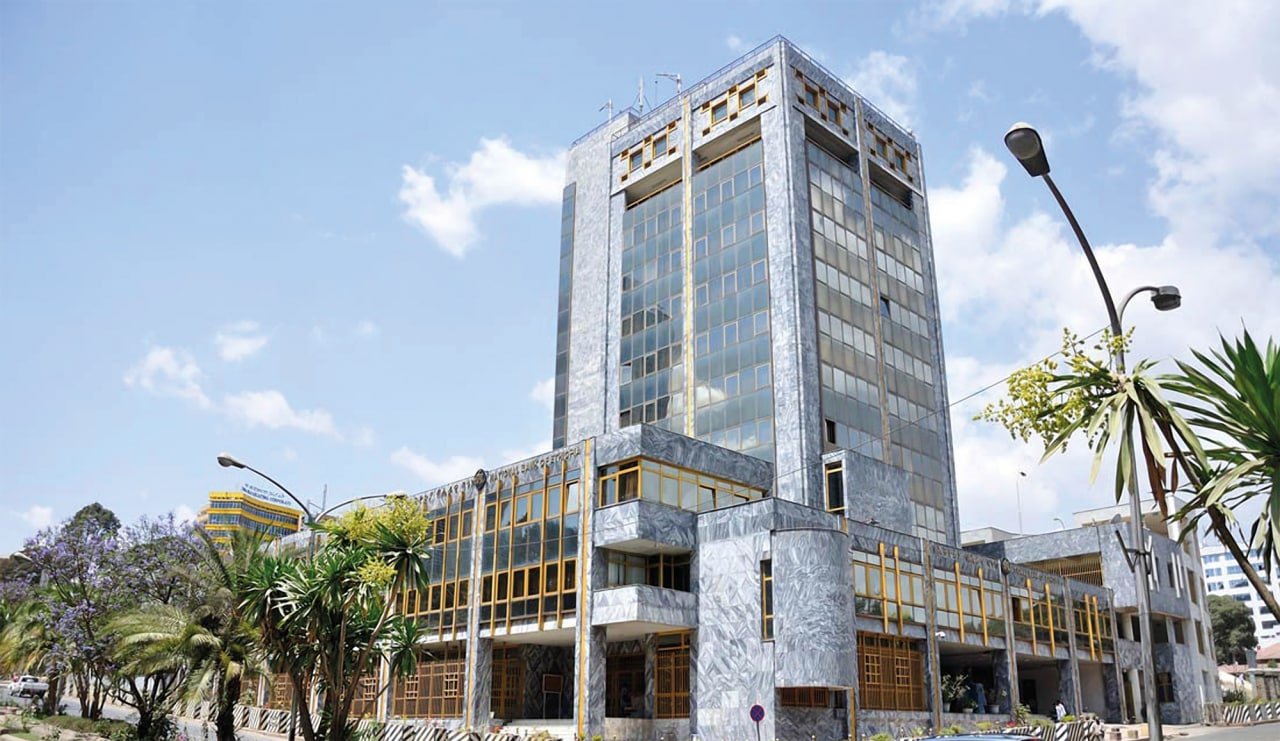The National Bank limiting the amount of direct loans to the government to 25 %

The National Bank of Ethiopia, which has been announcing policy reforms to stabilize the financial sector, has decided to limit direct loans to the government by 25% in the current fiscal year. According to the Board of Directors of the National Bank Regular meeting held on August 1, 2015, E.C. Among the many policy measures he approved for immediate implementation was the decision to drastically reduce the amount of direct loans the National Bank will provide to the government in the current fiscal year.
The board’s final decision was announced on August 5, 2015, E.C. National Bank has decided to reduce the amount of direct loans given to the government to no more than one-third or 1/3 of the amount, in other words, this loan amount will be limited to 25 percent.
The Ministry of Finance announced in a statement that it has come to an agreement that the government’s treasury document, which uses direct loans as a last resort, will only be used when sufficient amounts cannot be presented to the market.
The Central Bank stated that Ethiopia’s fiscal challenge has increased due to the continuous pressures (COVID, conflict, drought) in the past two years that have increased the government’s spending needs and reduced income growth. the bank recalled that due to limited foreign loans and aid, most of the budget deficit was forced to be covered by loans from domestic financial sources, especially from the National Bank of Ethiopia.
It was announced that the board of directors and management of the National Bank has decided to put a limit on the growth of loans to the government and the private sector in the fiscal year 2016 by giving priority to reducing inflation and that the growth of bank (credit) loans will be limited to 14 % by the end of June of the fiscal year 2016, thus all business
On the other hand,it is remembered that National Bank announcement on when banks are faced with a cash shortage, the interest they pay on the emergency credit facility from the National Bank of Ethiopia is said to be increased from 16 percent to 18 percent, and the Forex surrender requirement has been reduced to revive the business of manufacturing products.
According to the new guidelines announced by the National Bank, exporters of goods and services are allowed to transfer 50 percent of the foreign currency they earn to the National Bank, ten percent to their banks, and deposit the remaining 40 percent into their bank accounts.
It should be noted that the monetary policy measures that have been announced will not reduce the growth of bank loans, the National Bank said, curbing credit growth is not a goal in itself, but it is an important part of the common goal of continuously reducing inflation in Ethiopia.
The National Bank lead rule regarding the loan ceiling is up to 2016
It is stated that it is a temporary measure that will only last until the middle of the year. After that, it was announced that the bank will move to a monetary policy framework based on interest rates, which is currently used by most countries in the world. Among the three issues that the National Bank is mainly working on, the first of the three issues that the National Bank is working on is to check inflation in the short term, said the governor of the National Bank of Ethiopia, Mamo Mehretu.
It is remembered that he spoke at the recent international conference organized by the Ethiopian Economics Association.The National Bank of Ethiopia and other studies have shown that supply constraints, increased production costs, and macroeconomic policies are the cause of price inflation in Ethiopia at different levels and at different times.
The bank’s detailed assessment in June 2015 indicated that he confirmed that supply limitations, rising production costs (including external factors), and large fiscal and monetary policies contributed to price inflation in Ethiopia.
The National Bank of Ethiopia reminded us that fiscal and monetary policies were lax due to a series of internal and external events in Ethiopia. Although macroeconomic policies are not the only reasons for inflation in this period, they did not support the work of fighting inflation, The decision announced on August 5, 2015 has been made considering that there will be a risk of inflation in the medium term and it is necessary to take appropriate and prudent policy measures to reduce inflation at a high level and continuously.
The general measures taken to reduce inflation include decreasing the current inflation by 20% at the end of June of the 2016 fiscal year, and to 10 %, in 2017.